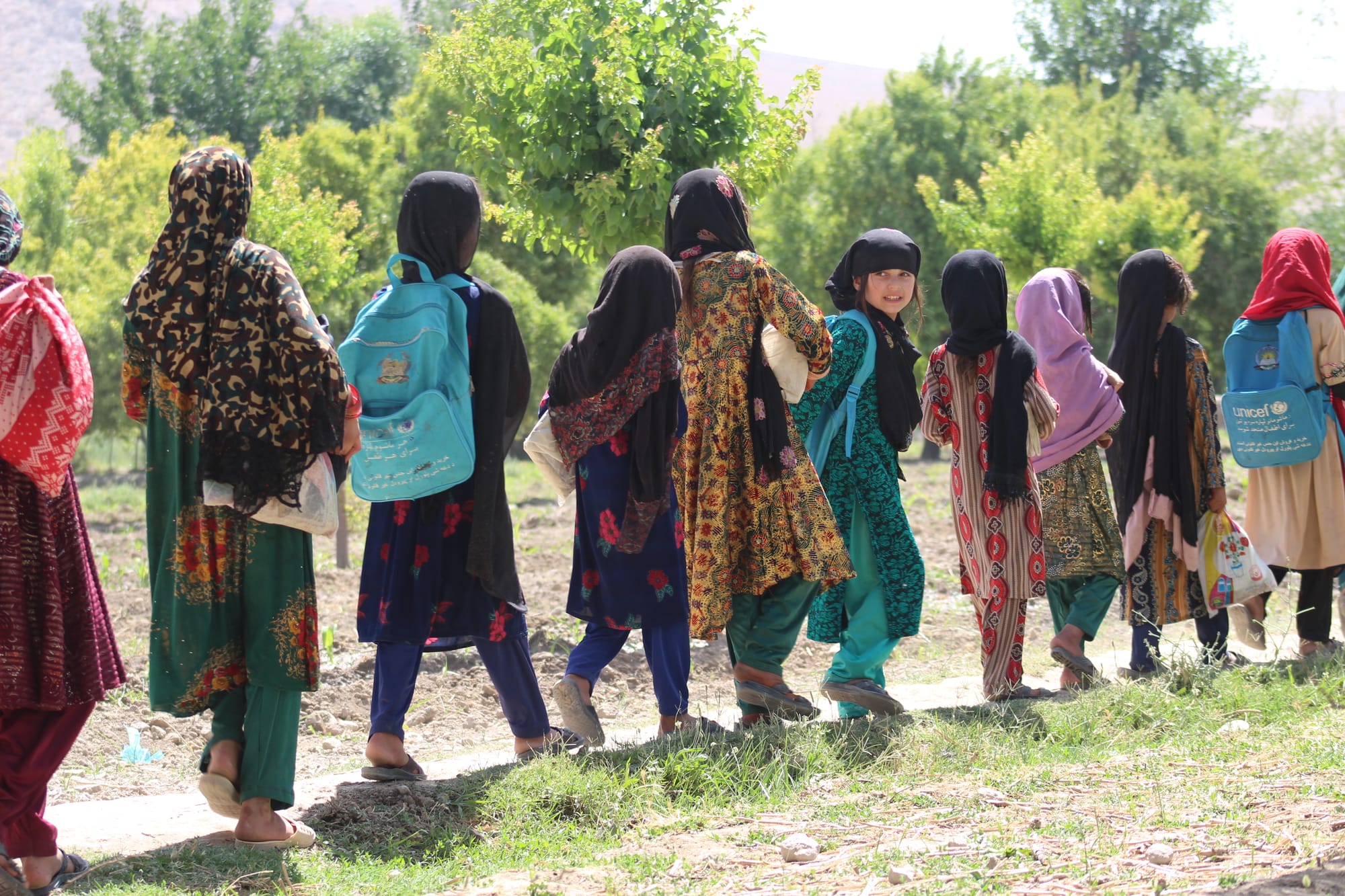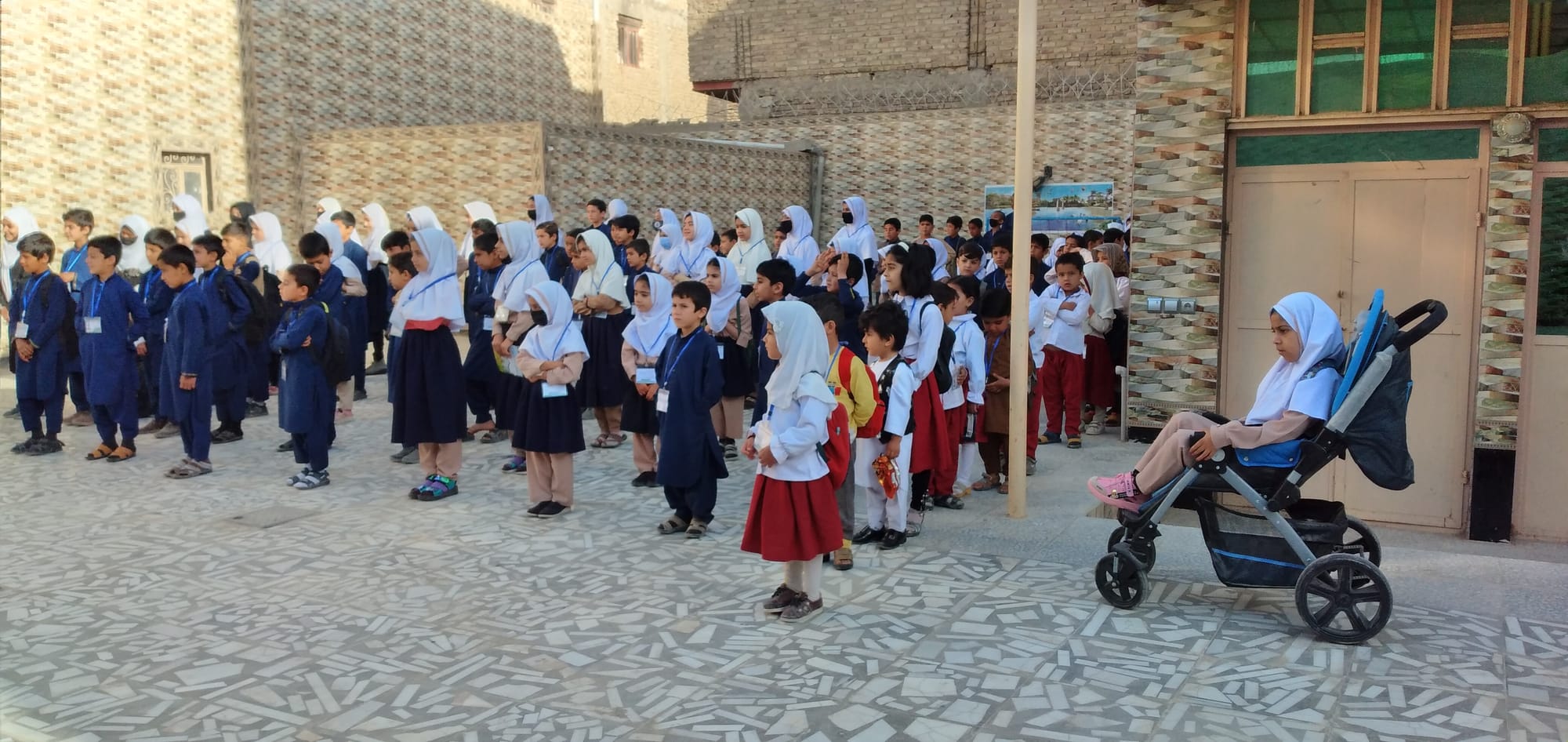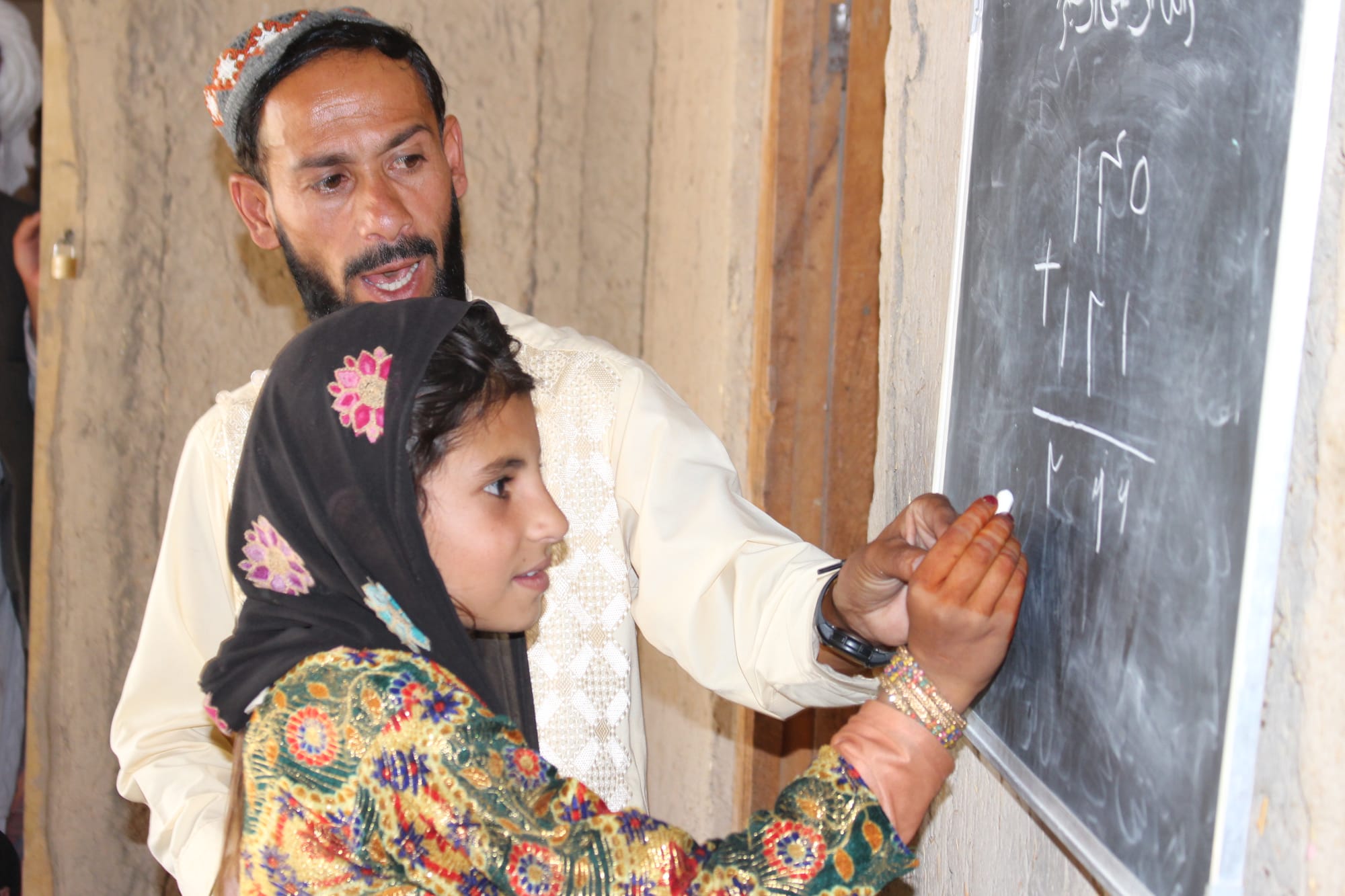Education, Still Out of Reach for Most Afghans

Today we’ve published our first article with the support of Afghan Witness, “Education, an Afghan Conundrum” examines how religious and cultural biases prevented many women from going to school in the period before the first Taliban government. In the coming weeks and months, we will investigate where schools are (or have been) and why, how displacement and migration impact the ability of Afghans to get an education, and the role of poverty in preventing Afghans from going to school, using open source techniques to dig deeper.
Access to Education is not a recent challenge in Afghanistan, and while our investigations have found some bright spots in addition to many problems, only the challenges seem to have been widely reported. There are absolutely many areas where Afghanistan’s current government is failing to meet the needs of Afghan citizens. But that is not the whole story.
In Pul-e Alam, the capital of Logar province, where there was no school previously. A businessman named Mohammad Akbar Atal has established two education centers in the past year. The two centers collectively host 1,000 students, including 300 girls. “Education can build people’s future, especially the youth. Every Afghan must contribute to this cause,” Mr. Atal told Alive in Afghanistan.

A recent report from UNESCO finds that gains made in the past twenty years are at risk of being canceled out. Education has been a key focus of Alive in Afghanistan’s work since the agency opened on the day the Taliban seized control of Kabul in 2021. Since then our team has reported more than 40 stories about education from across Afghanistan.
According to Alive-in/Afghanistan’s Managing Editor Mohammad Jawad “JD” Alizada, “Given how important education is to social development, it is vital to understand the root cause of the issue regarding access to education. Understanding the root cause will give us the tools we require to work at resolving it. The Partnership with Afghan Witness provides Alive-in an amazing opportunity to dig deeper into this matter.”
As UNESCO and the world mark the International Day of Education, Alive in Afghanistan invites you to read a few of our stories about education and learn a bit more about the complex nature of the topic in Afghanistan.

In Helmand province, far from the central government, a young man named Abdul Qader established the first school in his village after decades of children being deprived of access. According to Qader, “Education is every human’s right, and the government must focus on all of Afghanistan equally,”
Since hostilities largely ended in Afghanistan after the withdrawal of international forces and the subsequent collapse of the country’s previous government, schools have been opened in towns and villages where children have had no opportunity for education in decades, if ever.
At the same time, there are still many places that have yet to see any opportunity for education, although the Taliban agree that those villages also deserve to have schools built for their children.
In Oruzgan, Ghawsuddin Jalalzai established a school where more than 90 percent of the students are children of Taliban members who could not go to school during the continuous war. “When we opened, no family would send their children to the school.” Jalalzai said, however, that has since changed, and now, “Many people bring their children here to register for school, but we cannot accept them due to lack of room and time.”
Keep an eye on alive-in.org in the coming weeks, and remember to check out the investigations Afghan Witness has already conducted in Afghanistan on Education.
